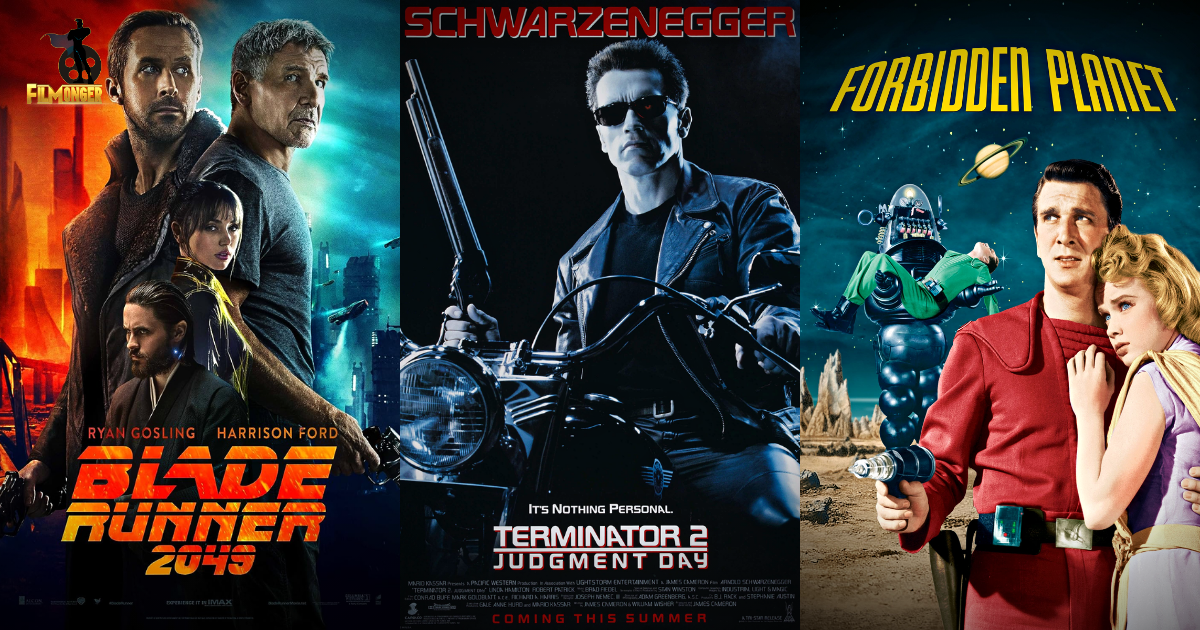Explore the top 10 robot movies shaping science fiction, from Forbidden Planet to Terminator 2, a journey through tech, humanity, and imagination.
In the vast universe of science fiction, certain films stand as monumental pillars, shaping the genre’s very essence. These cinematic creations, brimming with robots and artificial intelligence, have woven intricate tales that probe the boundaries of technology and humanity. Join us on an exhilarating journey as we explore “The Top 10 Robot Movies That Defined Science Fiction,” an odyssey that traverses decades of storytelling, visual innovation, and philosophical introspection.
From the groundbreaking wonder of Forbidden Planet in 1956 to the futuristic brilliance of Terminator 2: Judgment Day in 1991, these films have etched themselves into the annals of cinematic history. They’ve challenged our perceptions of robots, AI, and the blurred line between creator and creation. Through thought-provoking narratives, breathtaking visuals, and unforgettable characters, they’ve not only entertained but also invited us to ponder the profound implications of our technological ambitions.
So, buckle up for a journey through time and imagination, as we delve into the world of robots, androids, and artificial intelligence in cinema, exploring how these films have not only redefined science fiction but also captured the essence of the human experience in the age of machines.
10. Forbidden Planet (1956)
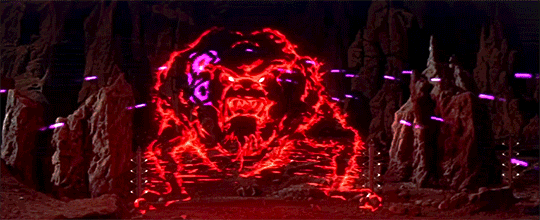
In the annals of science fiction cinema, one film stands out as a true trailblazer: Forbidden Planet. Released in 1956 and brought to life by director Fred M. Wilcox, this MGM classic isn’t just a movie; it’s a testament to the boundless imagination of the human mind.
The story unfolds in the 23rd century, where the starship C-57D embarks on a mission to the distant planet Altair IV. Their goal? To unravel the enigma of a mysteriously silent planetary colony. What sets this film apart is its groundbreaking use of distinctive sets, the first-ever all-electronic musical score, and breathtaking cosmic matte paintings. These elements combined to create a vision of humanity’s spacefaring future that was unlike anything audiences had seen before.
But what truly cemented Forbidden Planet in the pantheon of great robot movies was the introduction of Robby the Robot. As one of the few survivors on Altair IV, Robby became one of the first robots to transcend mere machinery and emerge as a distinct character. With trademark dry wit and an unmistakable presence, Robby left an indelible mark on cinematic history. Remarkably, Robby’s popularity extended far beyond this film, as he made appearances in over two dozen additional movies and TV shows, a testament to his enduring appeal.
9. RoboCop (1987)
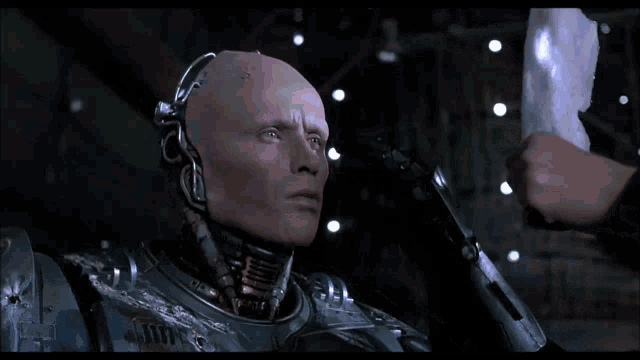
RoboCop is one of the robot movies that defies easy categorization. It’s a classic that graces cable television screens regularly, yet its weirdness and biting social satire often catch viewers by surprise. Directed by Paul Verhoeven, the film takes us on a wild ride through a near-future Detroit, where corporate greed, gentrification, and urban decay reign supreme.
At its core, RoboCop tells the story of a murdered cop who is reborn as a super-powered robot enforcer. But Verhoeven doesn’t stop there. He injects the narrative with a wild cocktail of insane commercials about nuclear war-based board games, grotesquely banal news anchors, and corporate meetings that seem to conclude with robot-induced violence.
What sets RoboCop apart is its fearless exploration of the question, “Can a robot feel?” It takes this existential query and brings it to life on the screen in all its glorious, over-the-top splendor. Amidst the chaos and mayhem, the film offers a surprisingly poignant examination of the human condition and the consequences of unchecked technological advancement.
RoboCop isn’t just one of the best and weirdest robot movies; it’s also one of the most socially aware. It cares deeply about its characters and the dystopian world it portrays, leaving an indelible mark on the genre of robot-centric cinema.
8. Ex Machina (2015)
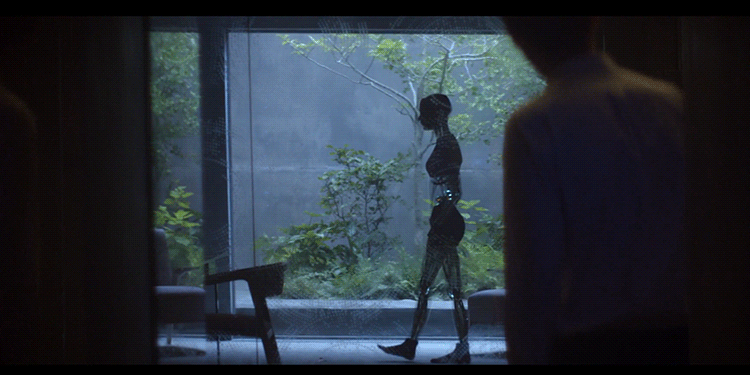
Alex Garland, known for his work on films like “Sunshine” and “28 Days Later,” made his directorial debut with Ex Machina in 2015. This thought-provoking science fiction film thrusts us into a secluded retreat owned by tech CEO and genius Nathan Bateman. Here, the boundaries between humanity and artificial intelligence blur as we meet Ava, an AI experiment housed in a human-like body.
The heart of the film revolves around Caleb, a programmer who is tasked with conducting a Turing test by engaging in conversations with Ava. What begins as a simple test quickly unravels into a complex web of intrigue, ethics, and the very nature of consciousness itself. Ex Machina captivates with its real-world allusions, breathtaking CG effects, and mesmerizing performances by Oscar Isaac and Alicia Vikander.
What elevates Ex Machina to greatness as a robot movie is its unflinching exploration of victory going to the machine. It challenges us to question our own humanity and the ethical dilemmas posed by the rise of artificial intelligence. The film reminds us that the line between creator and creation is often blurred, and the consequences of our creations may be more profound than we can imagine.
7. Ghost in the Shell (1995)
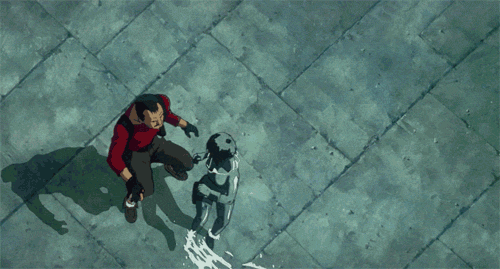
Mamoru Oshii’s animated feature adaptation of Masamune Shirow’s manga, Ghost in the Shell, melds the adrenaline-fueled action of high-budget anime movies with profound philosophical introspection. Set in the year 2029, the story follows Major Motoko Kusanagi, a police detective and “full-body prosthesis augmented-cybernetic human,” on a mission to capture a hacker. This pursuit quickly entangles her in a web of political intrigue and existential contemplation.
The film’s visual artistry, reminiscent of the iconic cityscapes from “Akira,” paints a vivid picture of a future saturated with technology. It delves into themes of artificial intelligence, identity, and the nature of life in a tech-driven world. Kenji Kawai’s haunting soundtrack adds yet another layer to the film’s immersive experience.
Ghost in the Shell stands as one of the last great cyberpunk works, a testament to the enduring appeal of the genre. Its impact is further underscored by the fact that when The Wachowskis were pitching “The Matrix,” they used this film as a reference point to convey their vision of creating a groundbreaking cinematic reality.
6. Blade Runner 2049 (2017)
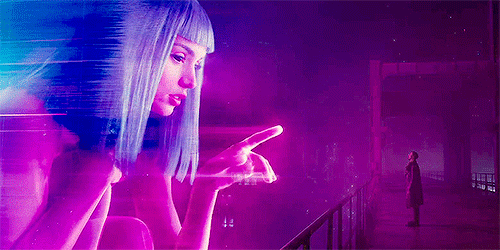
In the realm of science fiction cinema, there are few franchises as iconic as Blade Runner. When it was announced that a sequel was on the horizon, expectations reached a fever pitch. Blade Runner 2049, released in 2017, not only met these lofty expectations but shattered them like a fragile glass unicorn.
Directed by Denis Villeneuve, this long-awaited follow-up to the 1980s classic reunites us with the dystopian, rain-soaked world of replicants and Blade Runners. Ryan Gosling takes center stage as K, a replicant Blade Runner who stumbles upon a secret that threatens the very fabric of society. His investigation takes a mind-bending turn when he crosses paths with Rick Deckard, portrayed once again by the legendary Harrison Ford, returning to the role 35 years after the original film.
Blade Runner 2049 didn’t just make waves; it created a tidal wave of acclaim. Critics hailed it as one of the best films of 2017, and it clinched two Academy Awards, adding to its impressive haul of five nominations. The film’s success was all the more remarkable considering its predecessor’s history as a box office bomb. It’s a testament to the enduring allure of the Blade Runner universe that viewers flocked to theaters in droves to witness this cinematic masterpiece.
But the Blade Runner saga doesn’t stop here. A follow-up series, Blade Runner 2099, is in the works at Amazon Studios, promising to further expand this captivating cyberpunk world. The legacy of Blade Runner continues to evolve, a testament to the enduring fascination with the intersection of humanity and technology.
5. The Iron Giant (1999)
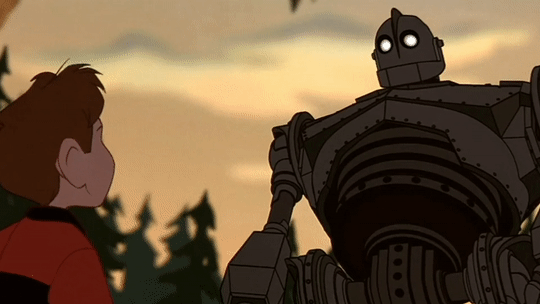
In a quaint 1957 America, not long after the launch of Sputnik, a heartwarming and enduring story unfolds in The Iron Giant. Directed by Brad Bird and adapted from Ted Hughes’ 1968 novel The Iron Man, the film introduces us to nine-year-old Hogarth Hughes. His life takes an extraordinary turn when he stumbles upon a colossal alien robot that crash-lands in the picturesque town of Rockwell, Maine. What follows is a heartwarming tale of friendship, heroism, and the power of understanding.
Voiced by Vin Diesel in his first animated role, the Iron Giant is more than a mere machine; it’s a true character. With its retro, art deco design, it becomes an iconic figure in its own right. Inspired by Hogarth’s love for Superman comics, the robot undergoes a transformation that resonates deeply with audiences. One of its most memorable lines of dialogue still echoes through the annals of cinematic history.
The Iron Giant is not just a movie; it’s a timeless fable that reminds us of the enduring power of friendship and the profound impact even the unlikeliest of heroes can have on our lives. It’s a testament to the magic of storytelling and the enduring appeal of robots that capture our hearts.
4. Blade Runner (1982)
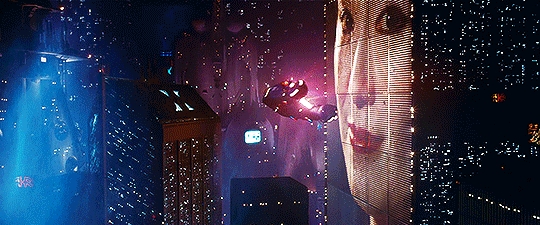
Blade Runner, directed by Ridley Scott and adapted from Philip K. Dick’s story “Do Androids Dream of Electric Sheep?” is a film that defied its time. Despite initial box office struggles and studio meddling that affected the theatrical cut, it has rightfully earned its place as a cinematic classic cherished by film enthusiasts and even the Library of Congress.
In a dystopian future, Rick Deckard, portrayed by Harrison Ford, is tasked with tracking down and eliminating four androids known as “replicants.” What seems like a simple plot is woven into the rich fabric of a staggering cyberpunk world, the likes of which had never been seen before. Ridley Scott’s visionary direction, combined with the film’s inventive Los Angeles sets and metaphorical imagery, tells a story that goes far deeper than its already mesmerizing surface.
Blade Runner doesn’t just ponder the question of what robots might be; it delves into the profound meaning they might hold for humanity. Its influence stretches across the realms of science fiction, robot movies, and cinema as a whole. It invites viewers to explore the mysteries of existence, identity, and the consequences of our technological ambitions.
3. Metropolis (1927)
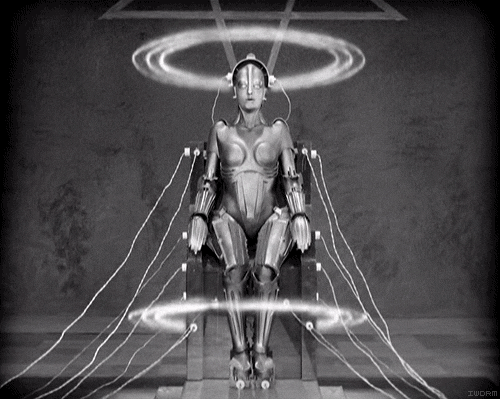
Travel back in time to 1927, and you’ll encounter a cinematic marvel that laid the foundation for the entire genre of dystopian science fiction. Fritz Lang’s Metropolis, set in a futuristic 2026, weaves a tale of economic inequality, love, and machines that transcends language and era.
In the towering city of Metropolis, we follow Feder, the privileged son of the city’s ruler, and Maria, a robot double of a poor worker. This silent film, with its intricate set design inspired by futurism, Bauhaus, and cubism, remains an astonishing visual achievement even by today’s standards. What’s more, it’s hard to ignore the striking resemblance between the design of robot Maria and the beloved C-3PO from the Star Wars universe, a testament to Metropolis’ enduring influence.
Metropolis is not merely a relic of the past; it’s a timeless masterpiece that has left an indelible mark on the world of cinema. It serves as a reminder that visionary storytelling and artistic craftsmanship know no bounds, transcending generations and technological limitations.
2. WALL-E (2008)
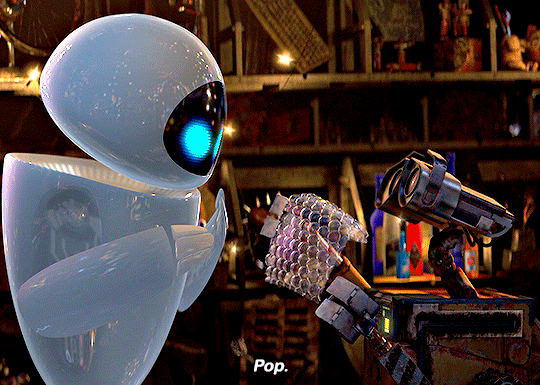
In 2008, Pixar gifted the world with WALL-E, a groundbreaking animated masterpiece that defied conventions and melted hearts across the globe. Directed by Andrew Stanton, this film hurls us into a future Earth buried beneath layers of garbage, abandoned by humanity. In this desolate landscape, WALL-E stands alone, the last remaining trash-cleaning robot.
What sets WALL-E apart is its audacious choice to spend almost 40 minutes with minimal dialogue. Instead, it crafts a profound love story between two robots, WALL-E and EVE, using the universal language of emotions. Despite WALL-E’s limited verbal communication, he becomes a character viewers can relate to on a deeply human level. Through this seemingly unconventional premise, WALL-E explores themes of love, environmentalism, and the future of humanity.
Pixar’s genius lies in its ability to turn cold, mechanical beings into universally recognizable and endearing characters. WALL-E and EVE transcend their metal shells to touch the very essence of our humanity. Wall-E isn’t just a movie; it’s a timeless fable that reminds us of the power of love and the consequences of neglecting our planet.
1. Terminator 2: Judgment Day (1991)

In the realm of science fiction cinema, few sequels have managed to surpass the original in terms of scale, impact, and sheer adrenaline-pumping excitement. Terminator 2: Judgment Day, directed by the visionary James Cameron, achieved just that and forever altered the landscape of robot-centric movies.
The film reintroduces us to Arnold Schwarzenegger, this time portraying the T-800, a Terminator model reprogrammed to protect the young John Connor instead of terminating him. While the first installment was a masterful horror movie interwoven with time travel and androids, the sequel elevated the narrative to epic proportions. It became a tale of survival, redemption, and the relentless pursuit of humanity’s future.
Yet, amidst the breathtaking action and groundbreaking visual effects, the true hero of “Terminator 2” is Linda Hamilton as Sarah Connor. Her transformation from a vulnerable mother into a fierce warrior is nothing short of remarkable. Cameron’s directorial prowess, combined with the clash between the aged T-800 and the liquid-metal T-1000, forged some of the most iconic robot-based sequences in cinematic history.
Terminator 2: Judgment Day is more than a robot movie; it’s an electrifying rollercoaster ride through a dystopian future, a testament to the enduring allure of robot-driven narratives.
